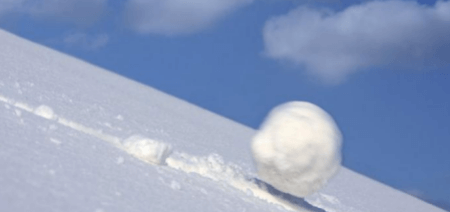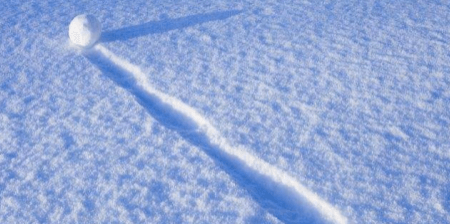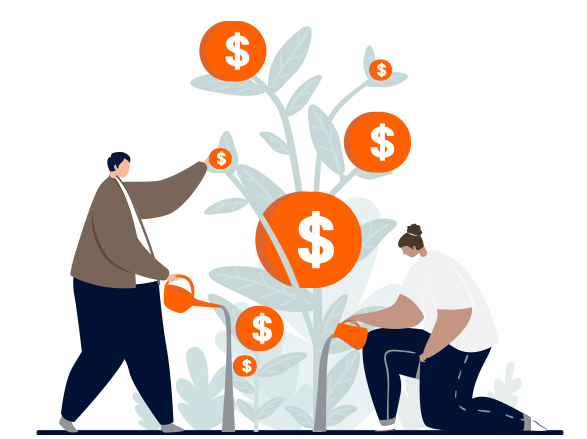If you have experienced snowballing on a snow day, you will notice an interesting phenomenon, the snowball is getting bigger and bigger. There is a strategy in options trading that can be aptly described as snowballing, and that is the continuous selling of vanilla options, which, in layman's terms, means making a small amount of money with high probability and then accumulating it into a large amount.
As one of the most popular auto-call option structures overseas, the snowball structure is usually linked to a stock or stock index contract. This structure provides a degree of downside protection while expressing a mildly bullish view, and as long as the underlying asset price does not fall significantly, the longer the holding period, the higher the profit. Like a snowball, the snowball will get bigger and bigger as long as there are no major potholes in the road.

Next, we explain in detail about snowball structured options.
To put it bluntly, it is a bet between a brokerage firm and an investor on how much the brokerage firm will pay the investor if the index rises to a certain point.
Snowball income certificate products are a kind of "barrier option", the so-called barrier can be understood as setting up two bars, one is the knock-out price, that is, the upper rail; one is the knock-in price, that is, the lower rail. As long as the price of the underlying asset does not fall unilaterally, the longer the holding period, the greater the profit, like a snowball.
To understand the snowball structure, you need to understand four basic elements first.
Objects that affect and determine the final benefits of the product: It can be a particular stock or an index. For example, the CSI 500 index.
Knockout (Expiration or unsubscription of products and services): The closing price of the object is observed once a month. On any monthly observation date, the closing price of the object is higher than the knockout price/threshold, and a knockout event is defined as occurring.
Knock-in(Purchased corresponding products or services): The closing price of the object is observed once a day, and a knock-in event is defined as occurring if the closing price of the object is below the knock-in price/threshold on any of the knock-in observation days.

Duration: The duration of the object is usually one year if it is an equity, and 2 years if it is an index, with early profit-taking if a knock-in event occurs.
Yield: Relates to market volatility. Different fixing day point, different knock-out, knock-in line, different term of the snowball structured products brokerage offer different, we need to pay attention to the above points when comparing brokerage offer.

Snowball products are good products, but there are prerequisites. If the market is already at a high level, the risk of falling is very high and the possibility of falling through is not small, this time is no longer suitable for the allocation of snowball products. This a prerequisite, we are sure to firmly grasp the accurate. In general, the snowball is not a sure-fire angel. Rational allocation of snowball will give you a very good investment experience.





